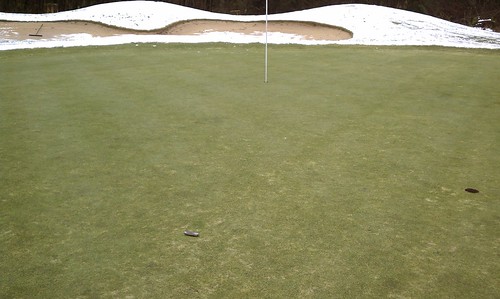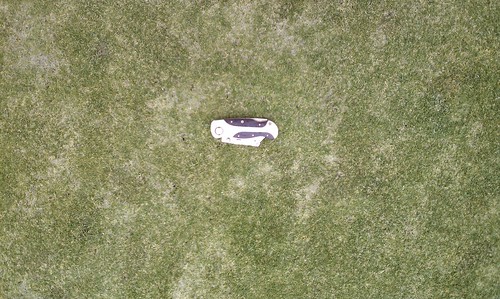I spent time researching this disease in anticipation of starting at Indian Summer. There is not much information on the subject and it is still fairly controversial on why it has become a problem just recently. Our local universities are scrambling to get research done and hopefully answer some unanswered questions.

I have been a very logical, science oriented individual when it comes to turfgrass management. Most turfgrass issues can be explained with basic science and turf physiology. Anticipating issues becomes easier once you know how things interact with the plant and soil.
For the longest time root rot pythium was hardly a problem. Now it has become fairly devastating to turf during the most difficult time of the year for recovery. Less sun and cooler weather slows turf growth down to a crawl. This makes recovery difficult, and the plant's ability to respond and defend itself against any infection. I am sure you have seen this with unrepaired ballmarks. During the cooler part of the year it is imparitive that we do the best we can to repair the greens quickly and properly to give the greens the best chance to be healthy come spring. You would be suprised at how disease will target a ballmark that was neglected.

If you have any questions about pythium or ballmark repair please contact me.
Justin Ruiz, CGCS
justinr@indiansummergolf.com




























